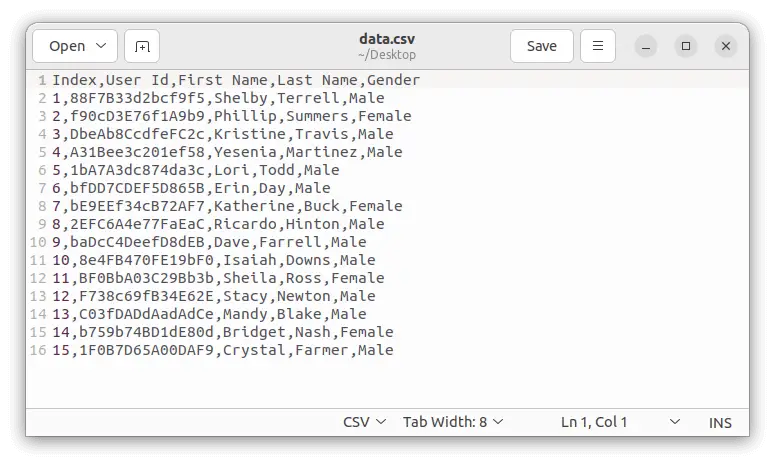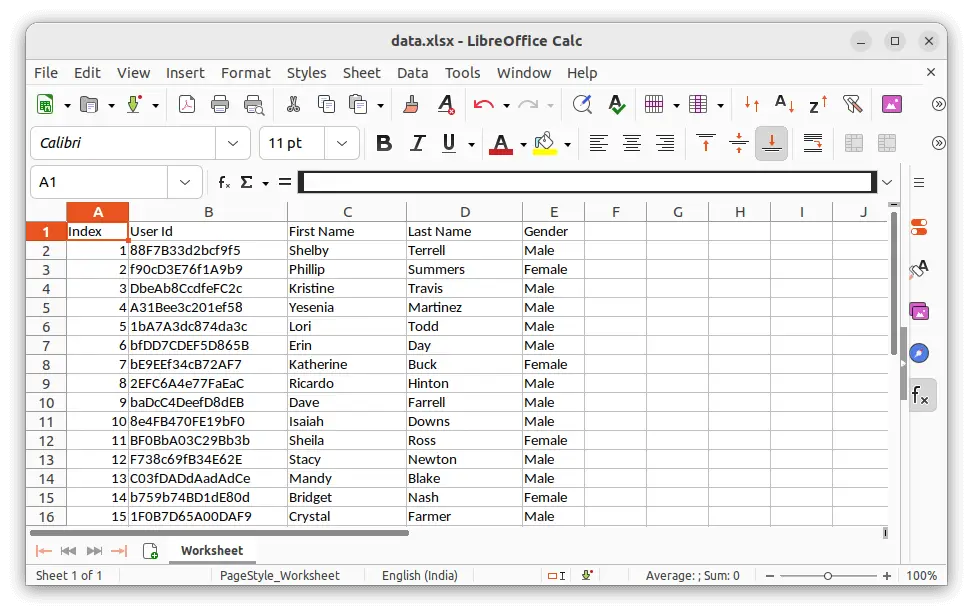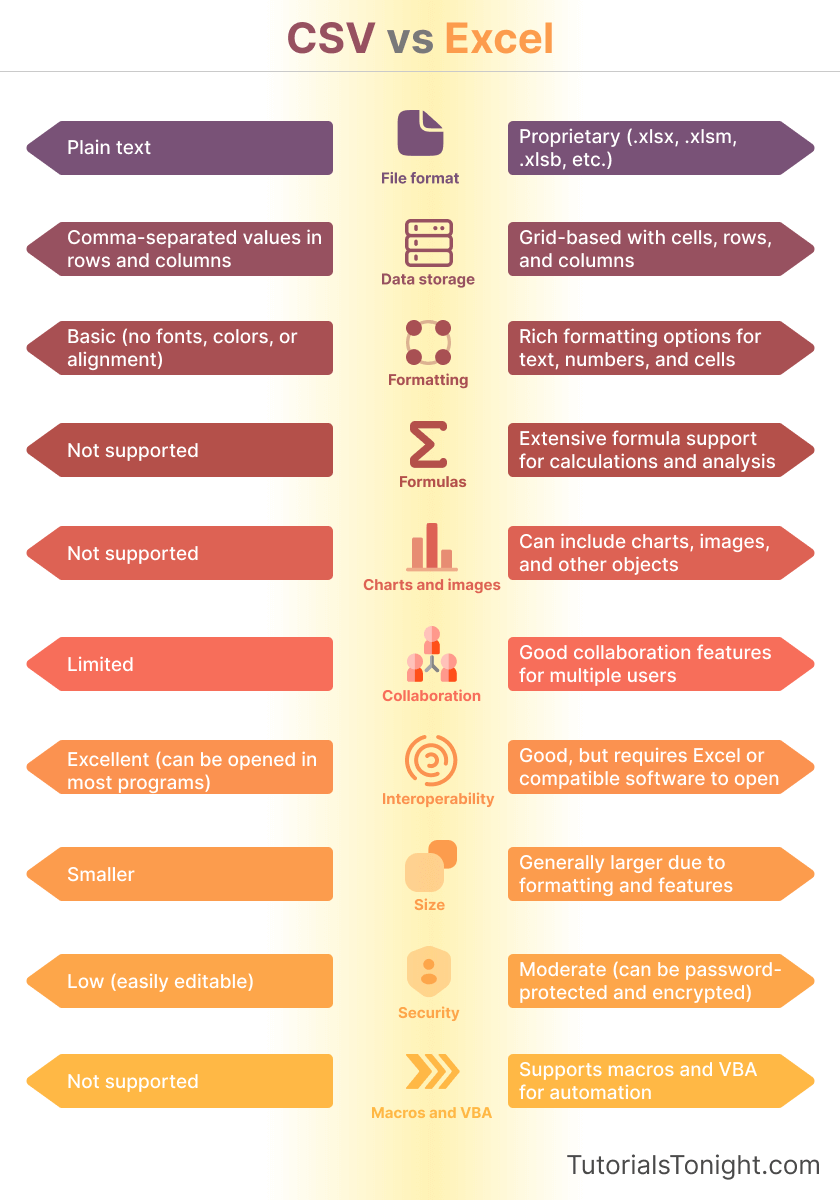CSV vs Excel - Difference Between CSV and Excel
When it comes to storing, managing, and organizing data, we often get confused between CSV and Excel. Both of them are used to store tabular data but they are different in many ways.
Both of these forms of storing data serve their purpose. They have their advantages and disadvantages. In this article, we will learn about the difference between CSV and Excel.
- What is CSV
- What is Excel
- Difference Between CSV and Excel
- CSV vs Excel Comparison Table
- Conclusion
Table of Contents
What is CSV?
CSV (Comma Separated Values) files are plain text files that store tabular data using commas to separate values.
Each line in a CSV file typically represents a row, with commas delimiting individual values within that row. One of the standout advantages of CSV is its simplicity and universal compatibility across various platforms and applications.

What is Excel?
Excel is a spreadsheet software that is used to store, organize, and analyze data.
Excel provides a wide array of features and functionalities beyond simple data storage and offers a structured environment for organizing and analyzing data.
Note: Excel is not any file format, it is a spreadsheet software. You can save your spreadsheet in various file formats like XLSX, XLS, XLSM, (including CSV) etc.

Difference Between CSV and Excel
CSV and Excel are both used to store tabular data but they are different in many ways. Let's see the difference between CSV and Excel.
-
CSV files are easy to create and manipulate using various programming languages and text editors. The format is straightforward, consisting of only plain text, commas, and line breaks.
Excel files are more complex and require specialized software to create and manipulate. Excel files are binary files that contain data in a proprietary format.
-
Being plain text CSV files are smaller in size concerning data they store. This makes them ideal for situations where file size is a concern, such as when working with large datasets or transferring data over networks with limited bandwidth.
Excel files are larger in size compared to CSV. However, they can store data in a structured format and can be used to store complex data.
-
CSV file is known for its simplicity so does not support formatting, formulas, charts, images, etc.
Excel provides a wide array of functions, formulas, and built-in tools that enable advanced data manipulation and analysis. From sorting and filtering to pivot tables and complex calculations, Excel offers a comprehensive set of features that cater to various data processing requirements.
-
Excel supports the use of macros and Visual Basic for Applications (VBA), enabling users to automate repetitive tasks, perform complex calculations, and customize the functionality of the software.
CSV files do not support macros or VBA.
CSV vs Excel Comparison Table
| Feature | CSV | Excel |
|---|---|---|
| File format | Plain text | Proprietary (.xlsx, .xlsm, .xlsb, etc.) |
| Data storage | Comma-separated values in rows and columns | Grid-based with cells, rows, and columns |
| Formatting | Basic (no fonts, colors, or alignment) | Rich formatting options for text, numbers, and cells |
| Formulas | Not supported | Extensive formula support for calculations and analysis |
| Charts and images | Not supported | Can include charts, images, and other objects |
| Macros and VBA | Not supported | Supports macros and VBA for automation |
| PivotTables | Not supported | Allows creation of PivotTables for data summarization |
| Conditional formatting | Not supported | Supports conditional formatting for visual cues |
| Collaboration | Limited | Good collaboration features for multiple users |
| Interoperability | Excellent (can be opened in most programs) | Good, but requires Excel or compatible software to open |
| File size | Smaller | Generally larger due to formatting and features |
| Security | Low (easily editable) | Moderate (can be password-protected and encrypted) |
| Ease of use | Very easy to understand and use | Moderate learning curve for advanced features |
| Best for | Simple data exchange, compatibility | Complex analysis, formatting, visualizations, automation |
Here is a comparison between CSV and Excel using an infographic.

Conclusion
Now the choice between CSV and Excel depends on your requirements. CSV is the best option for you if you want to store large data sets without worrying about formatting, formulas, charts, images, etc.
On the other hand, if you want to store complex data that requires formatting, formulas, charts, images, etc. then Excel is the best option.
